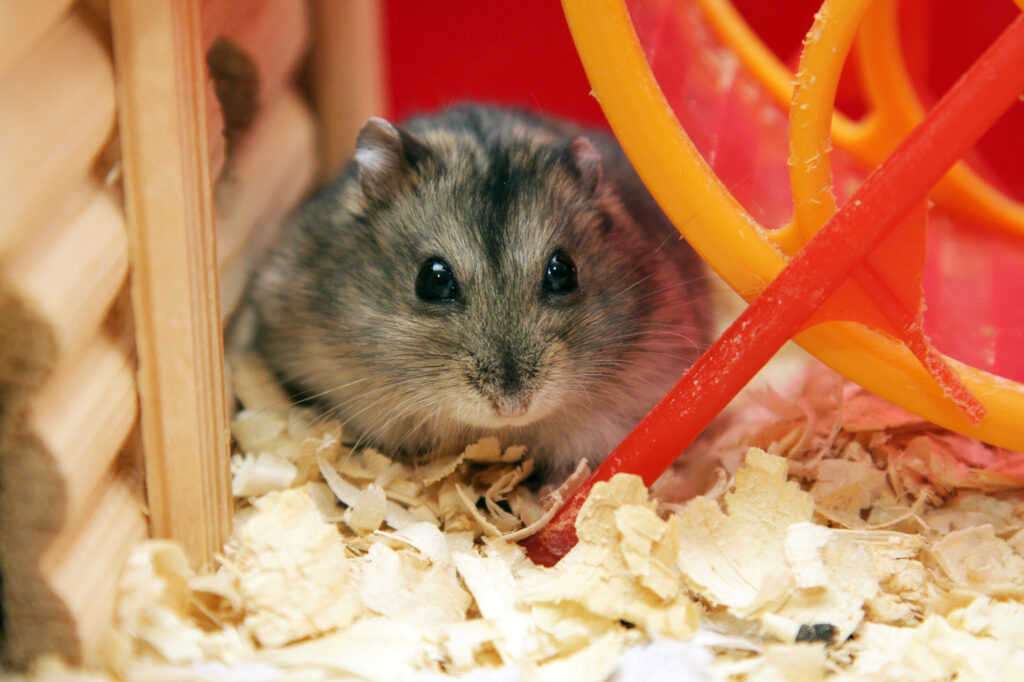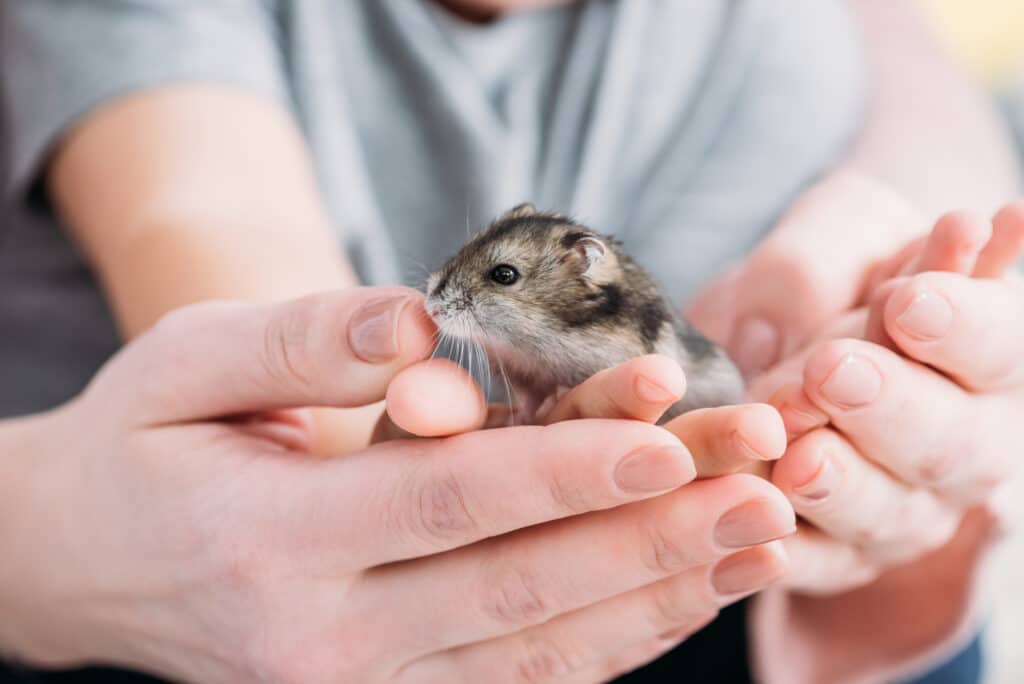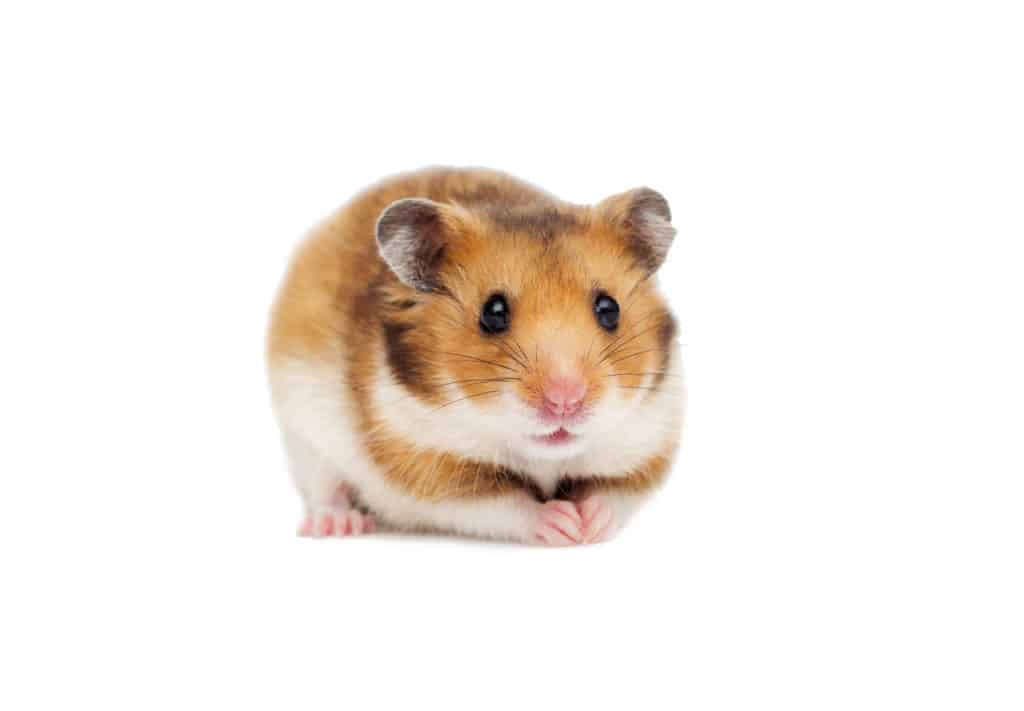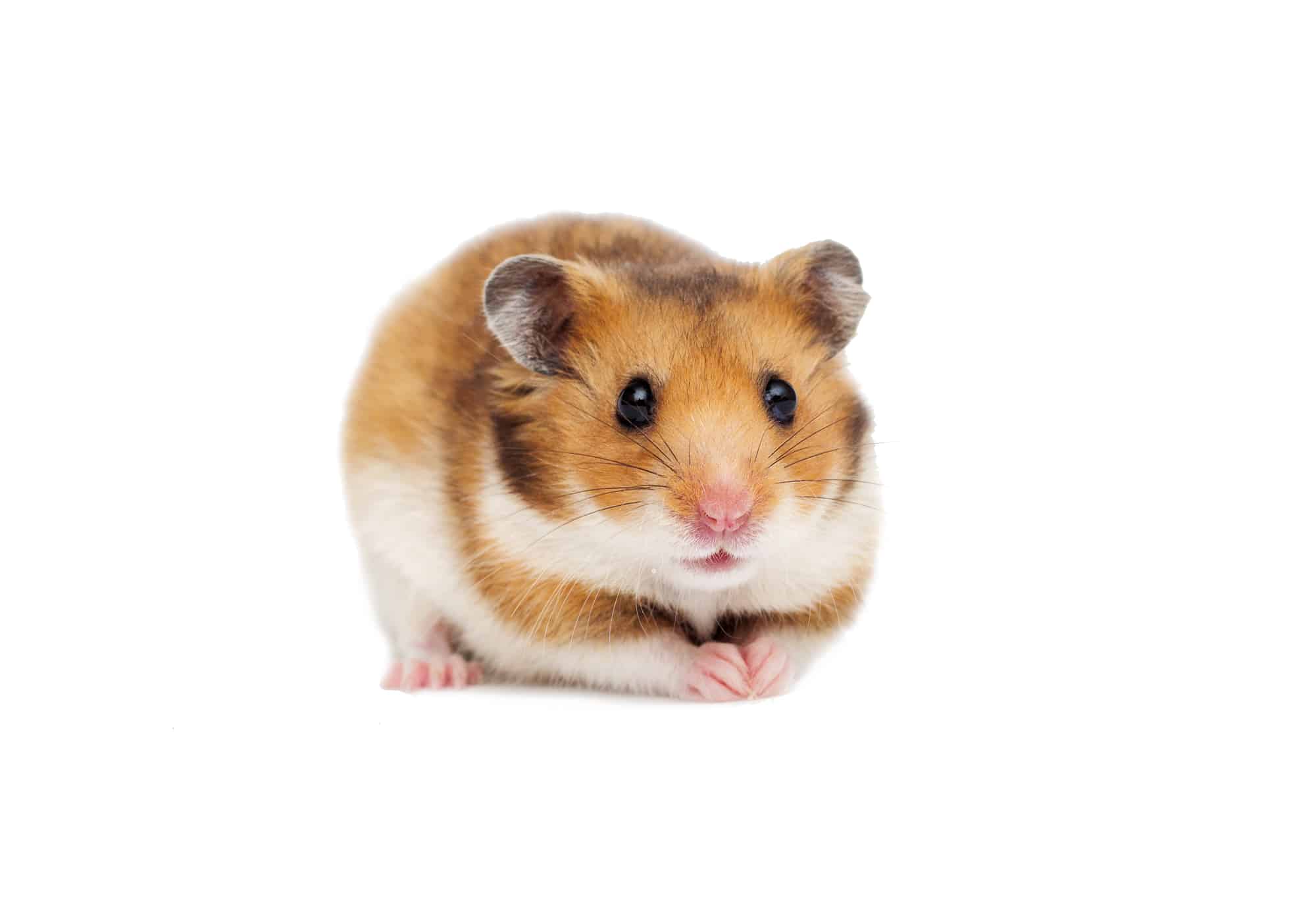If you’re a hamster owner, it is your responsibility to take care of your furry friend. Even though hamsters cannot tell us if they are healthy or not, we can look at their behavior and find that out for ourselves. Like a hamster’s behavior, a hamster’s poop and pee can also tell us a lot about our hamsters’ health. In this blog post, let’s find out how to look at hamster poop and tell if your hamster is sick or not.
Texture
What does a healthy hamster’s poop look like?
Before we look at what a healthy hamster’s poop looks like, you have to understand that hamsters excrete two types of poop – Normal poop and Cecotropes.
While normal hamster poop is long, dark, dry, small, and hard, cecotropes are moister, softer, smaller, and appear mostly at night. Your hamster will most likely eat these cecotropes immediately after they get pooped out. So, it is highly likely that you will never get to see them.
Cecotropes are actually not poop but partially digested food that has completely passed through a hamster’s digestive system without being absorbed. So, a hamster has to eat these cecotropes for its body to absorb the nutrients needed for its survival. For more information, read – Why do hamsters eat their poop?
In this blog post, we do not concern ourselves about cecotropes. When we talk about hamster poop, we talk about the actual poop – the waste product of digestion. This normal hamster poop is long, dark, dry, small, and hard. It doesn’t smell bad. Since it is dry, it doesn’t leave any stains or traces on the bedding.
If the appearance of your hamster’s stool changes, it could be due to any of the following problems.
Diarrhea
Diarrhea is a serious condition even for humans. For tiny animals like hamsters, it can be even more deadly and life-threatening.
In hamsters, diarrhea can be caused either due to an improper diet (a diet that contains too much water or dietary fiber) or due to unhygienic living conditions (which can cause a buildup of pathogens that cause diarrhea).
If your hamster has diarrhea, his stool will become soft and light-colored.
Wet Tail
Wet Tail is a deadly condition for hamsters. Just like diarrhea, Wet Tail can also be caused due to an improper diet and unhygienic living conditions. In addition to that, stress can also cause Wet Tail in hamsters.
The main symptoms of Wet Tail are watery diarrhea and a wet bottom. Hamsters can die within 48 hours of the appearance of these symptoms. So, if you notice any of these symptoms, you should take your hamster to a vet as soon as possible.
Constipation
Constipation is a common problem among people. Just like humans, hamsters, too, can suffer from constipation.
Constipation in hamsters can be caused by intestinal blockage (due to accidental ingestion of non-food material like bedding, etc.), liver disease, worm infestation, and the folding of the intestines (caused due to improper diet, inadequate water intake, pregnancy, intestinal inflammation, etc.).
The easiest way to determine if your hamster has constipation is to look at his poop. If the amount of his poop gets smaller and smaller, it is a good sign that your hamster is constipated.
So, it is easier to determine if your hamster is constipated if you have only one hamster. But what if you have multiple hamsters? Are there any signs to find out if one of your hamsters is constipated?
Well, actually, yes. Constipation is often accompanied by some other symptoms like straining and making noises while trying to poop, abdominal pain, hard and dry feces, reduced volume of poop, worms in feces (if constipation was caused by worms), and if constipation was caused by folding of the intestines, a tubular structure might protrude from the anus (Source: PetMD).
If you notice any of these symptoms, take your hamster to a vet immediately.
Pieces of stool stuck to each other
If your hamster is healthy, his poop will be dry. So the pieces of his poop will not get stuck to each other. However, you have to remember that hamsters are very tiny prey creatures. So, they groom themselves as often as possible to rid themselves of any dirt or unwanted smell. In the wild, this habit protects them from predators that have a sharp sense of smell.
But due to this grooming process, hamsters might end up ingesting their hair/fur. But unlike humans, hamsters cannot vomit. So, the hair they ingest gets excreted and ends up getting entangled with their poop.
To avoid this, groom your hamster regularly. If you find your hamster’s hair/fur lying on the hamster’s bedding, remove it promptly.
Too dry poop
Hamsters are animals that evolved in arid, dry conditions. So, their bodies can survive with very less water by conserving it. Hence, your hamster’s poop will typically be dry.
But even though hamsters can survive with very less water, they still need to drink water. If your hamster doesn’t drink enough water, his body will get dehydrated, and his poop will appear too dry and brittle. The poop might also appear in a different color than usual.
If your hamster appears to be dehydrated, place enough fresh water for him to drink daily. If you have multiple hamsters and only one water bottle, the dominant hamster might prevent the other hamsters from using his water bottle. So, keep multiple water bottles in the cage if you house multiple hamsters together.
If your hamster still doesn’t drink enough water, incorporate watery fruits and vegetables, like cucumber, into his diet.
Color
What color is hamster poop?
A healthy hamster’s poop is generally dark in color (brown or black). If you notice any change in this color suddenly, do not get panicky. It doesn’t necessarily mean that your hamster is sick. The change in color of your hamster’s poop could also have been due to the food he ate earlier. Food coloring agents, which are added to some hamster mixes, can also give your hamster’s poop varied colors.
So, if you notice a sudden change in your hamster’s poop color, change his diet a bit and observe for the next couple of days. If possible, try giving your hamster a homemade seed mix or a commercial mix that doesn’t contain food coloring. If the color of the poop changes back to normal, the color change was most probably due to the diet.
Moreover, if the change in your hamster’s poop color is not accompanied by a change in your hamster’s poop texture (For example, watery stool) or a change in your hamster’s behavior (Lethargy, reluctance to eat, laziness, etc.), you don’t have to worry.
Why did my hamster’s poop suddenly become white?
White poop can be caused by indigestion, an infected bowel, or bacterial imbalance in the body (Source: Tiny Pet Tales).
Why did my hamster’s poop suddenly become green?
Your hamster’s poop can become green due to green leafy vegetables. Green leafy vegetables contain a green pigment called chlorophyll which can turn your furry friend’s poop green.
But green poop may not be due to diet alone. Other underlying causes include malnutrition, lack of hygiene, food poisoning, antibiotics, etc. However, if the change in color is due to the food your hamster ate, it should return to normal within a day or two of changing his diet. If not, it could indicate some other underlying problem. So, take your hamster to a vet without delay.
Smell
Does hamster poop smell bad?
The poop of hamsters doesn’t smell bad. Hamsters excrete small, dry pellets that don’t have any pungent smell if the hamster is healthy. But if the poop is left to accumulate for a few days in the same area, it will start to smell bad. So, it is important that you remove your hamster’s poop (not the cecotropes) every day.
Time
How often do hamsters poop?
Hamsters are tiny animals. They are far more active than us and hence, have a faster metabolism. So, the food they eat get digested quicker. Therefore, pet hamsters, just like their wild counterparts, tend to poop far more often than humans. It is normal for hamsters to poop once every hour.
When should you be concerned?
If your hamster poops too often, you don’t have to be concerned (Source: A-Z Animals). But if your hamster doesn’t poop as often, or if the texture or color of your hamster’s poop is not normal, that is when you should be concerned.
When do hamsters poop?
As explained before, the digestive systems of hamsters are pretty fast. So, they poop quite often. By the time they finish eating, they may start pooping. But this is quite normal.
Hamsters are tiny creatures with little conscious control over their bowel movement. So, they may poop even if they get scared.

Place
Where do hamsters poop?
A hamster’s pee is smelly. So, wild hamsters often choose a specific place in their burrows or outside their burrows to pee. However, a hamster’s poop is not smelly. Moreover, hamsters have little control over their bowels. As explained before, they may poop even if they are scared.
So they may poop anywhere. So, don’t be surprised if your hamster poops in his food bowl.
Can my hamster poop on my hand?

Yes, that is certainly possible. As explained before, hamsters do not have as much control over their bowels as humans. So, they will poop whenever they feel like it.
Hamsters are known to poop even on their owners’ hands when they are being held. So, if you plan to hold your hamster, you should know that there is a possibility that he can poop on your hands.
Can you train your hamster to poop at a specific location in the cage?
As explained before, hamsters have much more control over when they pee when compared to when they poop. So, it is almost impossible to train your hamster to poop at a specific place (Source: Hamster Society Singapore). Therefore, even if you get a litter box for your hamster, there is no guarantee that he will use it.
Summary
The hamster poop chart below summarizes the most important points in this blog post.
Hamster Poop Chart
| Appearance of poop | Inference / Cause | |
| 1 | Long, dark, dry, small, and hard | Hamster is healthy |
| 2 | Soft and light-colored | Diarrhea |
| 3 | Watery stool and a wet bottom | Wet Tail |
| 4 | Hard and dry feces, straining while pooping, etc. | Constipation |
| 5 | Normal poop, but stuck to each other | Hamster ingesting his fur |
| 6 | Too dry and brittle | Dehydration |
| 7 | Black or brown in color | Hamster is healthy |
| 8 | White in color | Indigestion, an infected bowel, bacterial imbalance |
| 9 | Green in color | Diet, malnutrition, lack of hygiene, food poisoning, antibiotics |



